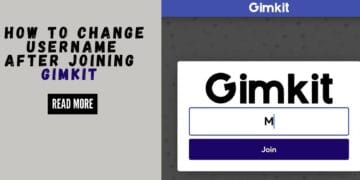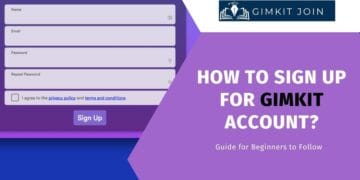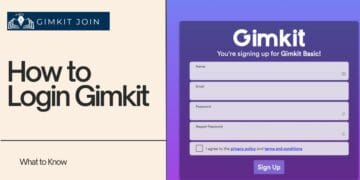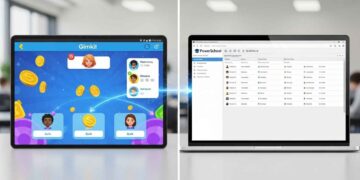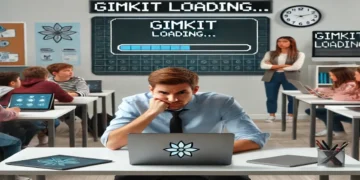Let’s be honest, asking students to take a traditional quiz can sometimes feel like a recipe for collective classroom groans. We all know that moment: handing out the paper, the stressed-out silence, and the lack of real feedback until you spend hours grading.
But what if review sessions were the highlight of your week?
Gimkit is the tool that finally made that happen for me. It takes that routine assessment—the quiz—and flips it into an exciting, competitive, and highly strategic learning experience. It’s not just a game; it’s a way to reinforce concepts in a fun, dynamic environment that your students will actually ask for.
This guide is going to be your go-to source. We’ll explore the real reasons Gimkit works so well, and I’ll share some practical, no-nonsense tips on how to use it for quizzes in your very own classroom. (If you’re brand new, start with How to Sign Up for a Gimkit Account first!)
Gimkit’s Secret Sauce: Why It Works Better Than a Pop Quiz
Gimkit isn’t just another digital flashcard tool. It’s a versatile platform designed for both high-energy, live competition and flexible, self-paced review. Here’s what makes it truly stand out from the crowd—yes, even from competitors like Blooket. If you’re comparing your options, you’ll want to read Which is Better: Gimkit or Blooket?.
1. The Money Game: Gimkit Bucks and Real Strategy
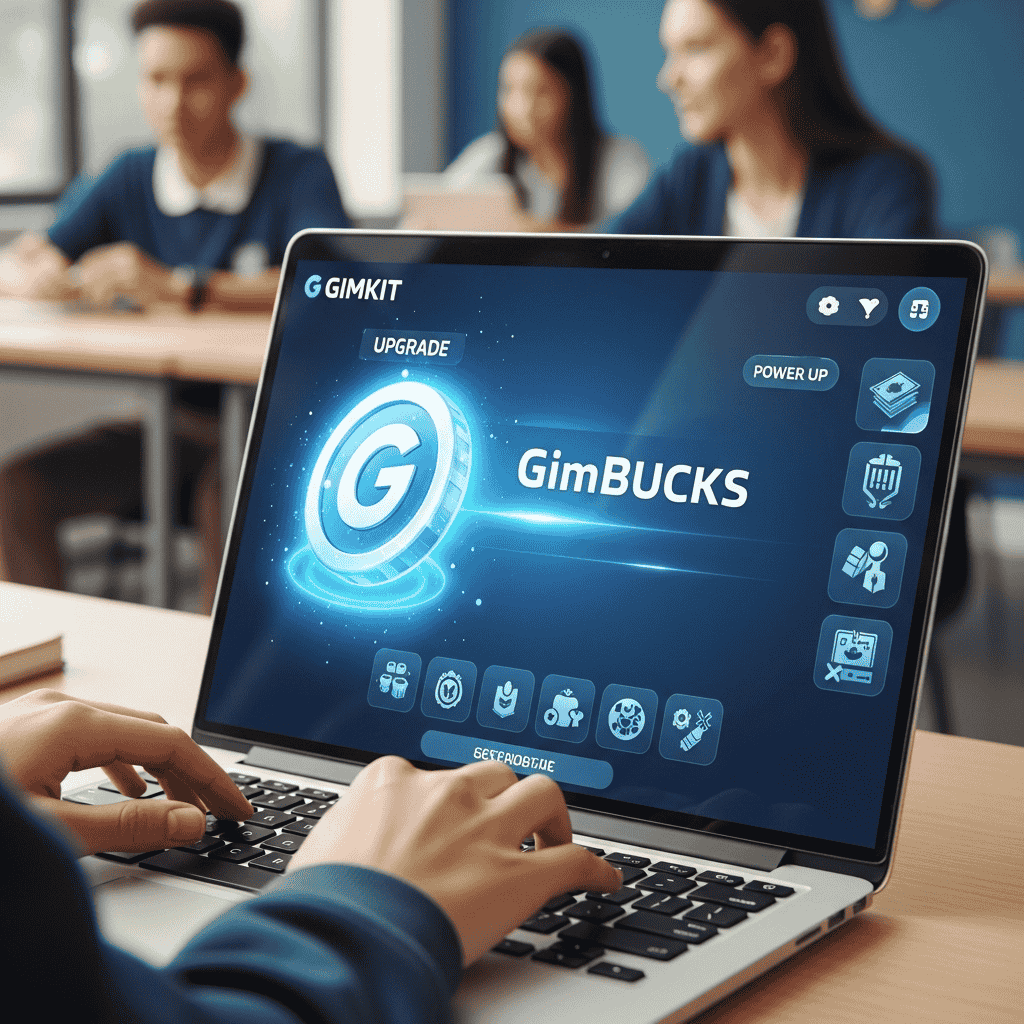
The most unique thing about Gimkit is its internal economy. Students earn Gimkit Bucks for every correct answer, but here’s the strategic part: they lose money for a wrong one!
This is key. That earned money can be immediately spent on powerful power-ups or upgrades (like a multiplier or insurance), injecting a genuine element of risk and strategy. This aligns perfectly with the research on gamification in education, which shows that elements like points, rewards, and strategy drive higher student engagement than traditional methods. In fact, numerous studies have demonstrated a positive impact of gamification on student motivation and academic achievement. Students aren’t just answering questions; they’re making investment decisions. This strategy layer keeps them motivated, even the ones who usually check out during review.
Want to maximize those earnings? Check out our dedicated guide on Which Gimkit Game Gives the Most Coins and watch your class income soar!
2. Game Modes for Every Learning Need

I love that I can use the same Kit (that’s what they call the quiz) for totally different activities. Gimkit has over a dozen modes, so you never have to worry about the game getting old. For the full list of modes and features, I always recommend checking the official Gimkit platform features page. If you’re interested in the full roster, we’ve got a comprehensive article on Exploring Gimkit’s Game Modes.
- When you need high energy: Throw on a competitive mode like Blastball or Don’t Look Down. It’s chaotic, loud, and fantastic for a Friday review. (How to Play Gimkit Blastball Mode is a great place to start with competitive play).
- When you need teamwork: Try Boss Battle or the classic Team Mode. It forces students to collaborate and help each other out, which is great for addressing Gimkit Teamwork Strategies.
- When you need differentiation: Use the Assignment feature. This lets every student work at their own speed on their own device, making it perfect for both your fast finishers and those who need a little extra time.
3. The Teacher’s Lifeline: Real-Time Data

Let’s face it: getting useful data during a lesson is gold.
Gimkit’s dashboard delivers. You can watch the leaderboard in real-time, but more importantly, you can click on any student to see exactly which questions they are missing.
This completely changes the way you teach. You can pause the game, look at the data, and realize, “Okay, 80% of the class missed question number 4 about the Civil War dates,” and address it immediately instead of waiting for a graded paper next week. It’s the ultimate tool for truly formative assessment. The positive impact of immediate feedback from formative assessment on student retention and learning outcomes is well-documented in educational research. For a deeper dive, check out Gimkit for Formative Assessment and Track Student Progress in Gimkit.
Gimkit in Action: How to Go Beyond the Basic Quiz
Using Gimkit offers benefits that far outweigh any old paper test. It turns passive receivers of information into active participants.
| Traditional Quiz Pain Points | Gimkit’s Humanized Solution | Why it Matters for Learning |
| Low Motivation | Students ask to play. The competition is addictive. | Increased Engagement: Motivation is the first step to retention. |
| Delayed Feedback | Instant score updates and live corrections. | Immediate Reinforcement: Students fix mistakes while the concept is fresh. |
| One-Size-Fits-All | Assignments let students pace themselves; power-ups offer choice. | Differentiated Instruction: Everyone reviews at the level and speed they need. |
| Stressful Environment | It feels like a game, not an exam. | Reduced Test Anxiety: Learning happens better when the pressure is off. |
My Best Tips for Launching Gimkit in Your Class
If you’re ready to jump in, here are the tips that saved me the most time and headaches when I first started using Gimkit. (And if you hit a snag, check out Gimkit Not Loading: Common Solutions.)
- Stop Making Kits from Scratch (Seriously): You don’t have time for that. Start with the Kit Gallery or, better yet, use the Import from Quizlet or CSV feature. If you teach high school, use KitCollab to let your students enter questions. It’s a brilliant way to check their understanding of the material before they even quiz on it.
- Use it for a Pre-Unit Diagnostic: I always use a Gimkit game as a “pre-test.” It’s low-stakes, the kids have fun, and I get that precious data right at the start to see what I actually need to teach. This aligns perfectly with Gimkit Pre-Unit Diagnostic.
- Experiment with the New Modes: Don’t just stick to the classic mode. Try a newer strategic mode like Dodgeball to practice vocabulary terms or Fishtopia for a calmer, longer review session. Mixing it up prevents that “Gimkit fatigue” we talked about.
- Know Your Pro Status: The free version is great for a start, but if you’re serious about using it for formative assessment and need the features for unlimited students and all game modes (plus the best data reports), Gimkit Pro is genuinely worth the small investment.
Final Thoughts: It’s More Than Just a Game
Gimkit isn’t just a shiny new educational toy; it’s a solid pedagogical tool, created by a high school student, Josh Feinsilber, who wanted to make learning more engaging. Read more about the Gimkit origin story and its founders on YouTube to understand its authentic roots. By blending the engagement of gaming with the rigour of quizzing, it truly captures student attention and delivers meaningful insights to the teacher.
If you’re ready to move beyond those dry, traditional quizzes and inject some real enthusiasm into your review sessions, Gimkit is the best place to start. Give it a shot and see how quickly your students ask to “play” the next quiz!
Gimkit Quiz FAQs
Is Gimkit Pro worth the money for teachers?
For teachers who use Gimkit regularly for formative assessment and need access to all game modes, unlimited students, and advanced reporting, Gimkit Pro is generally considered a valuable investment for maximizing student engagement.
How do I create a new quiz (Kit) in Gimkit quickly?
The fastest way to create a Kit is by using Gimkit's built-in import feature to pull questions directly from existing Quizlet sets or by uploading a simple CSV spreadsheet with your questions and answers.






